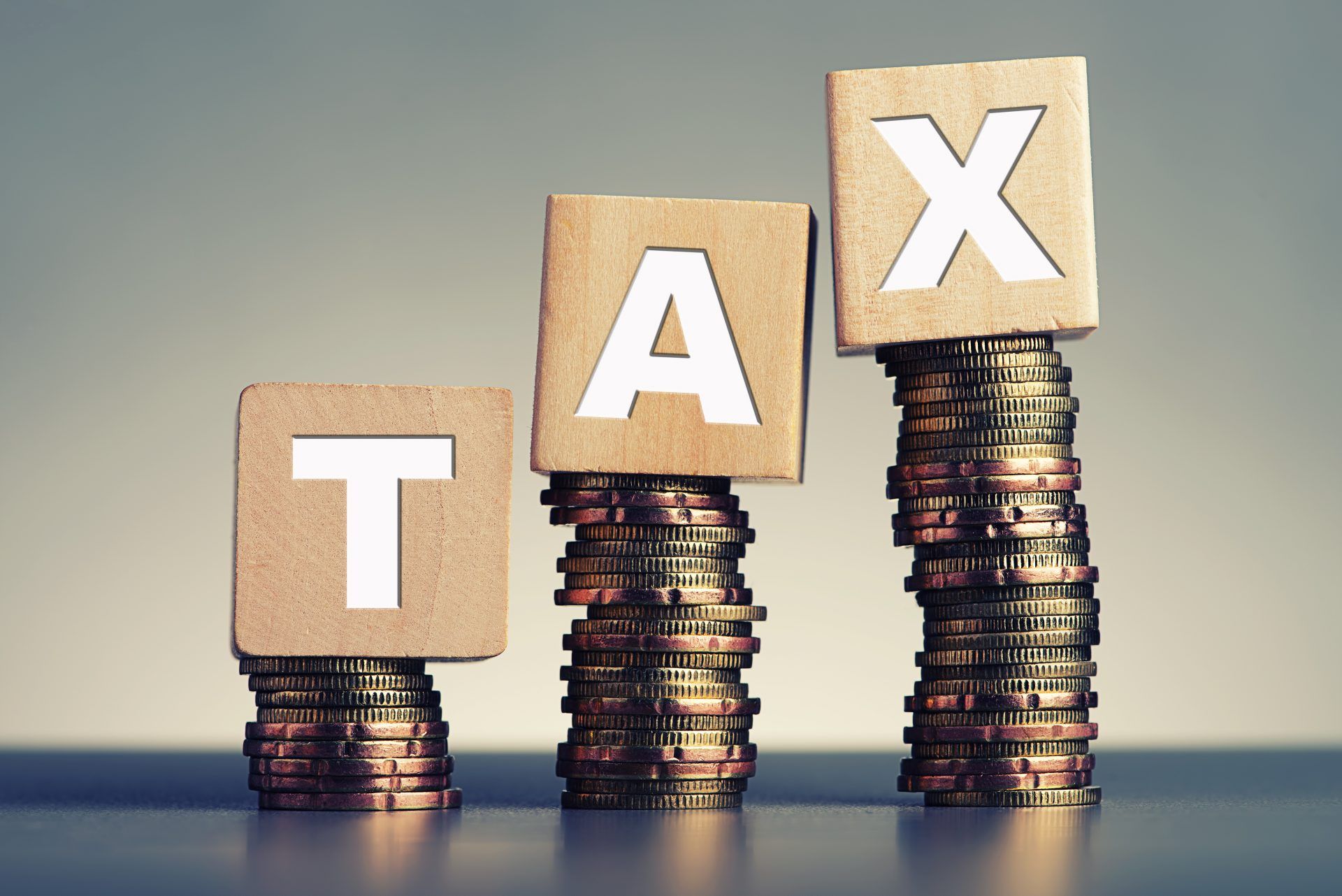With the end of the year fast approaching, Canadian taxpayers will want to consider all the tax planning opportunities available to them. Which year-end planning strategies apply to you will depend upon your specific circumstances and objectives. The IG Wealth Management Year-end Tax Planning Checklist can help you understand what opportunities are most suited to you.
While you can make an RRSP contribution in the first 60 days of 2023 that can be used as a deduction on your 2022 tax return, most tax-related strategies must be implemented by December 31, 2022. Overall, the key to effective planning is being well-prepared. In this article, we’ll discuss key opportunities and strategies to consider:
Investment Planning Opportunities
Whether you have non-registered investments, registered investments or both, remember to review these accounts before the end of the year.
If you have non-registered investments with unrealized capital losses, you may want to consider a strategy referred to as “tax loss selling”. Realized capital losses must first be applied against net capital gains realized this year. If those capital losses exceed the current year recognized capital gains, they can be carried back to offset net capital gains realized in any of the three previous years (or forward indefinitely).
If tax loss selling is something you are considering, it’s important to be aware of a complicated set of tax rules that can potentially deny those capital losses. These rules are called the “superficial loss rules.” You can find more information on the superficial loss rules and tax loss selling here. Lastly, if you are considering this approach, we also encourage you to speak with your accountant to ensure any losses you trigger can be claimed as intended.
If you are considering selling a non-registered investment that has an unrealized capital gain, you could delay the sale of the investment until the new year to defer the taxes on the capital gain one year. Although this may be beneficial from a tax perspective, you also need to consider your investment objectives in considering this option.
You may alternatively be considering making a charitable donation before the end of the year to take advantage of the charitable donation tax credit for 2022. If you have non-registered marketable securities (including mutual funds) with unrealized capital gains, you should consider using those investments to make an in-kind donation to the charity. You will receive a charitable donation tax receipt equal to the market value of the investment and the capital gain triggered by the donation will be exempt from tax.
From a registered account perspective, the planning considerations will vary based on the type of account and your specific situation. Our Year-end Tax Planning Checklist highlights the issues that arise at the end of the year with each type of account. Examples include:
- If you are considering making a TFSA withdrawal, a withdrawal before the end of 2022 would create additional TFSA contribution room in 2023 while a TFSA withdrawal in 2023 would not create additional TFSA contribution room until 2024. If you are planning a TFSA withdrawal in early 2023, consider whether it could be withdrawn before the end of 2022 instead.
- Do you have a child that turned 15 years of age in 2022 and have not yet opened a Registered Education Savings Plan (RESP)? Making an RESP contribution of at least $2,000 (but within the annual limit) before December 31, 2022 would not only allow you to receive the Canada Education Savings Grant for this year, but also for an additional two years on contributions of up to $5,000 per year.
- If you are considering purchasing a home in 2023 or 2024 and using the Home Buyers’ Plan (HBP) to help fund the down-payment, you should delay the HBP withdrawal until 2023. This will extend the timeframe to purchase a qualifying home an additional year, compared to a withdrawal made before the end of 2022 (i.e. until October 1, 2024 rather than October 1, 2023). This will also delay the timeframe in which you must start to repay the HBP withdrawals by a full year.
Income Splitting Opportunities
Income splitting can be one of the most effective ways to save tax for your family, now and in the future. Some examples include:
- If you are saving for retirement consider a spousal RRSP. While the pension income splitting rules allow a spouse who is 65 years of age or older to allocate up to 50% of their RRIF income to the other spouse, a spousal RRSP contribution will provide a tax deduction for you now and 100% of the future retirement income is taxed in the hands of your spouse (assuming the spousal RRSP attribution rules are not triggered), regardless of age.
- Certain income splitting strategies can be implemented with adult children and/or your spouse or common-law partner, such as gifting money to a spouse or adult child to make contributions to their TFSA account.
- Another consideration is loaning funds at the prescribed rate to your spouse or adult child, directly or indirectly through a family trust, to invest in non-registered funds. While it began the year at 1%, the current prescribed rate is 3% with further increases possible in the new year. Learn more about prescribed rate loans here.
Other Strategies
There are many other strategies that could be suitable for you. Here are a few other areas that you may want to explore further with your IG Wealth Management Consultant:
- Charitable giving
- Maximizing your tax credits and deductions
- Planning for disabled individuals
Please ensure you report all issued tax receipts on your income tax
Depending on the activity within your account(s) this year, you may receive one or more tax receipts at year-end. These are not duplicate receipts and may look different from past receipts depending on the account for which they are issued. Please ensure you report all issued tax receipts on your income tax return.




No responses yet